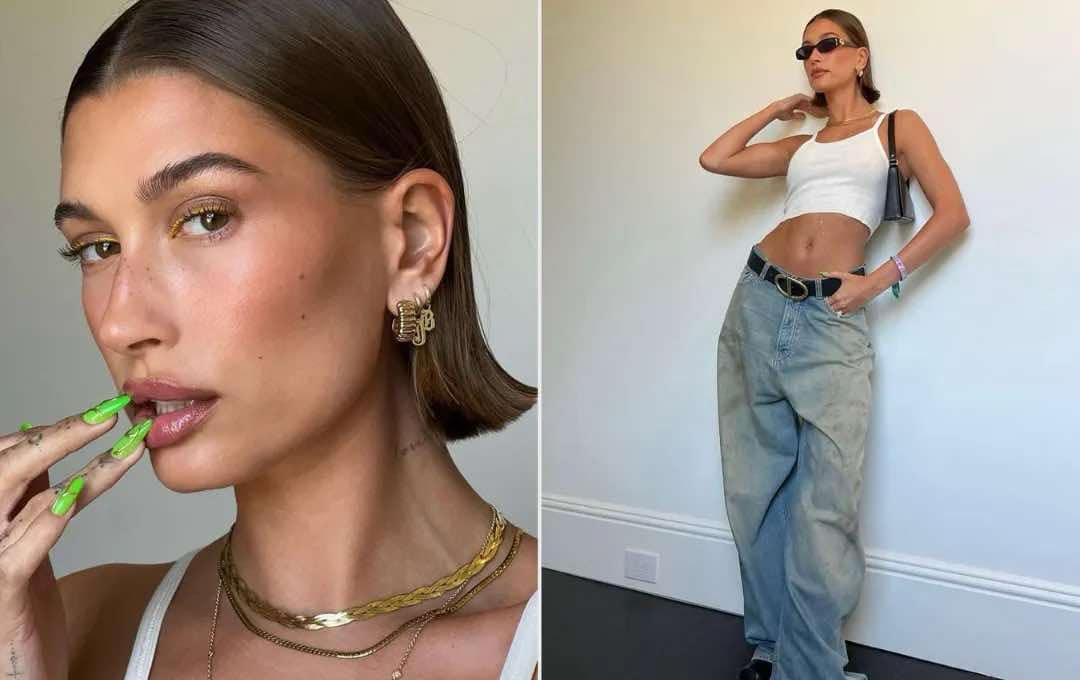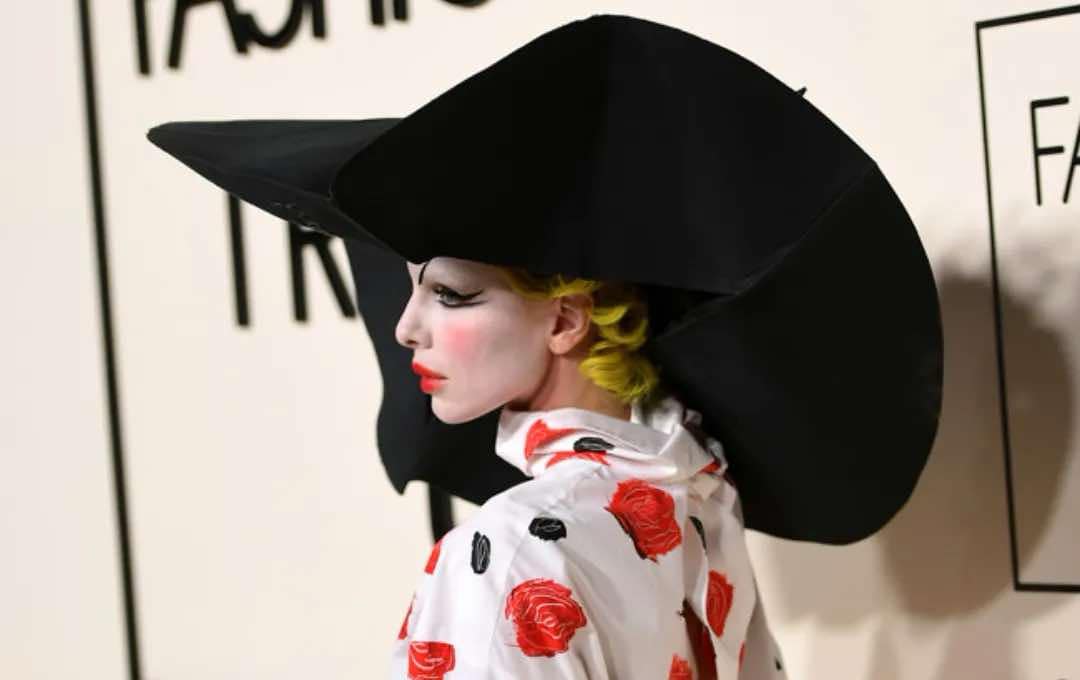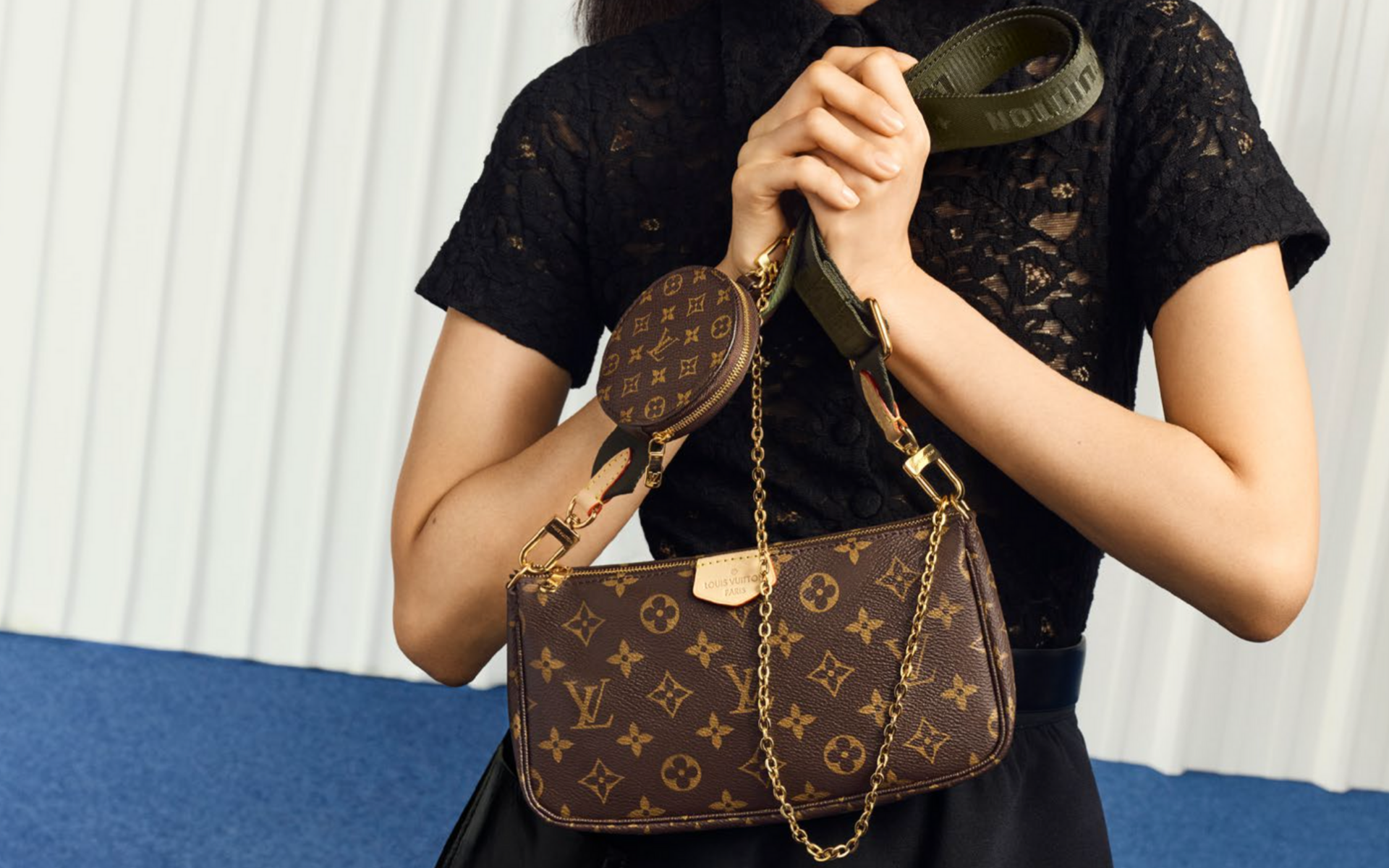When Luxury Meets Low Cost: Louis Vuitton Lands at Walmart

When Luxury Meets Low Cost: Louis Vuitton Lands at Walmart
Thea Elle
What was once unthinkable has now become reality: Walmart, the nation’s largest retailer known for its low prices and broad rural footprint, is offering $6,000 Louis Vuitton handbags on its e-commerce platform. This is not a one-off stunt. It marks the culmination of a decades-long shift in the luxury industry, where scale has gradually overtaken soul. Dana Thomas first chronicled this transformation in Deluxe: How Luxury Lost Its Luster (Penguin Press, 2007), tracing how fashion’s most iconic houses were absorbed by conglomerates like LVMH, Kering, and Richemont. Craftsmanship and heritage, once at the heart of these brands, were recast as marketing tools aimed at driving ever-greater volume.
The presence of LOUIS VUITTON on Walmart.com doesn’t democratize luxury; it dissolves the very idea of exclusivity that once justified its price. A brand that once demanded carefully curated, in-person experiences now relies on a generic “Buy Now” button to close the sale. The democratization Thomas described has evolved into something else entirely—commodification. Luxury has lost its rituals and, with them, the aura that once set it apart.
Online marketplaces offer infinite shelf space but erase the context that gives products meaning. A LOUIS VUITTON Speedy bag no longer commands hushed lighting or attentive service. It now appears alongside garden mulch and dish soap, stripped of its mystique. This isn’t the next chapter of luxury. It is the final act. In the age of instant delivery, the mythology that once made high fashion rare and revered is quietly slipping away.

Luxury Brands Meet the Mass Market
There was a time when owning a LOUIS VUITTON, GUCCI, and FENDI piece meant stepping into an exclusive boutique in a global fashion capital. The boutique itself was part of the experience—a meticulously designed space where every detail reinforced a story of heritage, craftsmanship, and aspiration. Today, those stories are coming undone on Walmart’s digital storefront. Through its partnership with Rebag, Walmart now offers thousands of authenticated pre-owned items from HERMES, LOUIS VUITTON, and CHANEL, making luxury more accessible than ever—while stripping away the rituals that once defined it.
For Walmart, the strategy is straightforward. In a landscape shaped by Amazon, Rakuten, and eBay, becoming a one-stop destination means courting aspirational shoppers as well. But bringing luxury into a world built on volume, speed, and convenience reveals a deeper contradiction: luxury depends on being just out of reach. With every handbag added to the digital shelf, what once felt rare and meaningful becomes just another searchable SKU.
Dana Thomas warned of this trajectory in her examination of luxury’s transformation. Conglomerates like LVMH and Kering pushed entry-level goods—perfumes, sunglasses, small leather items—as a way to democratize their brands. But mass appeal, once achieved, undermines the aura of exclusivity. Scarcity, when manufactured and scaled, starts to feel like just another marketing trick.

The Collapse of Exclusivity
Luxury has always derived its power from the perception of rarity. High prices are not just about materials or craftsmanship—they act as social signals, creating barriers that heighten desire. Exclusivity gives luxury its mystique, its emotional weight, and its cultural cachet. But when a $6,000 Louis Vuitton bag appears on the same page as a $20 slow cooker, that carefully constructed illusion crumbles. The context collapses, and with it, the sense of privilege that once surrounded the purchase. What used to feel like a personal milestone—perhaps the culmination of saving, planning, and dreaming—now becomes a click-and-ship transaction indistinguishable from buying toilet paper or paper towels. The emotional architecture that once justified the price is gone. In its place is convenience, efficiency, and sameness—qualities that serve mass retail well, but that hollow out what made luxury special.

Luxury as Marketing, Not Craft
What’s vanishing isn’t just the elite shopping experience—it’s the soul of the product itself. A monogrammed LOUIS VUITTON bag may still bear the familiar patterns and price tag, but the meaning attached to it has changed. Once, owning such an item was a testament to the legacy of artisanship, passed down through generations of skilled workers. Today, the bag’s value is increasingly shaped by branding algorithms, influencer campaigns, and digital placement strategies. The craftsmanship, while still technically present in many cases, has become secondary to storytelling optimized for SEO and social media. What was once a handcrafted object imbued with intention is now a mass-symbol, circulating through resale platforms and algorithm-driven storefronts. It’s not the quality that signals value anymore—it’s the visibility. Prestige, once earned through scarcity and substance, is now manufactured through marketing volume.

Where Does Luxury Go From Here?Walmart Didn’t Break Luxury. It Exposed It.
It’s easy to point fingers at Walmart for cheapening luxury, but that narrative misses the bigger truth. Walmart didn’t break the exclusivity of LOUIS VUITTON or CHANEL. The luxury houses themselves made that decision long ago, when they began prioritizing growth at the expense of identity. By introducing entry-level products like perfumes, sunglasses, and small accessories, they invited the masses into what was once a gated experience. They expanded global footprints, opened stores in airports and malls, and embraced digital platforms designed for reach, not reverence. Walmart is simply the latest stage in that evolution—one more platform in a long line of choices that favored expansion over enigma. What we’re seeing isn’t a disruption, but a culmination. Walmart didn’t expose luxury to the masses. It merely revealed how much luxury had already been willing to give away.
Where Does Luxury Go From Here?
Having handed over its soul to corporate interests and diluted its mystique through mass exposure, the luxury industry now stands at a crossroads. With scarcity no longer credible and exclusivity rendered performative, how can luxury reclaim its meaning? Imposing artificial limits or hiking prices won’t suffice—not when the mass market has already gotten a taste.
The future may belong to independent ateliers that reject scale in favor of integrity, or to entirely new forms of luxury—ones rooted in privacy, personal connection, and experiences that can’t be boxed, shipped, or algorithmically suggested. But as Louis Vuitton handbags continue to appear alongside kitchen appliances, the line between the exceptional and the ordinary grows dangerously thin. If luxury cannot offer something truly rare, it risks becoming just another product, indistinct and forgettable in the endless churn of commerce.











